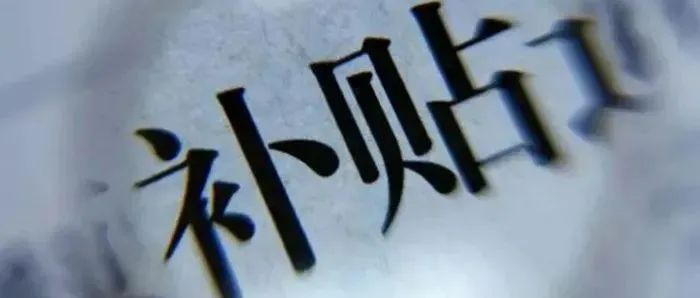Author: Shidi
Recently, I believe that all your friends have seen more or less attractive discount activities posted by sales persons in their moments in order to achieve end-of-year sales targets. Especially for sales persons of new energy vehicles, due to the fact that new energy vehicles themselves are subject to national subsidy policies, and the subsidy amount will gradually decrease year by year. Therefore, their moments must let consumers who plan to buy new energy vehicles carefully read, even hesitate whether to order the vehicle before the end of the year.
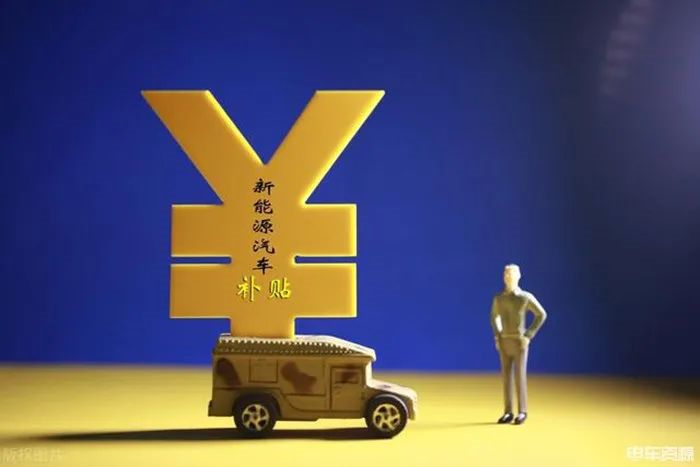
Specifically, the car companies that have first responded to the expiring 2021 new energy vehicle promotion and application subsidy policy currently include Tesla, NIO, and XPeng. Their policies can be said to be desperate, revealing the message “not ordering the vehicle by the end of the year will result in a loss of one hundred million yuan next year” between the lines.
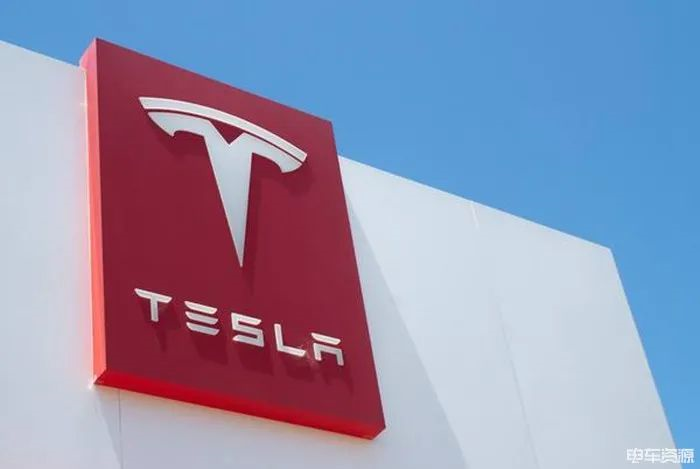
Tesla, which has always been sensitive to policies, can be said to have responded the fastest. As early as the end of last month, based on the 2022 subsidy standards, the prices of the rear-wheel drive versions of Model 3 and Model Y were raised by 4,752 yuan. Therefore, after the price increase, the price of the rear-wheel drive version of Model 3 was 255,652 yuan, and that of Model Y was 280,752 yuan. The expected delivery time was also adjusted to the first quarter of 2022. It can be said that “the rise and fall are up to me, and sales remain the first”.
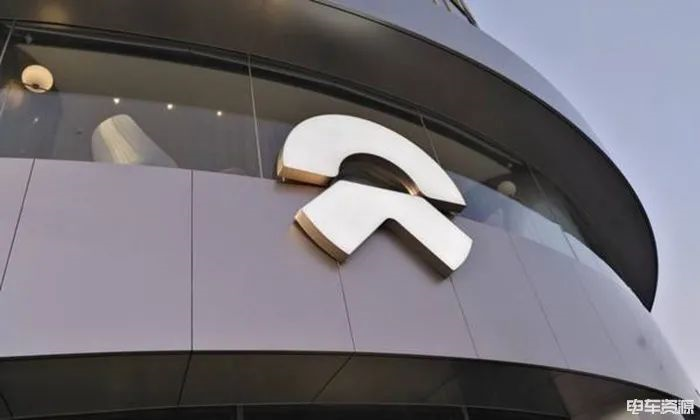
Next is NIO, originally in November, NIO stated that orders can still be placed and produced normally to enjoy the 2021 national subsidy before 24:00 on November 13. However, in December, due to the upgrade of the production line and further reduction in subsidies in 2022, NIO announced that the overall order delivery would be delayed, and the 2021 national subsidy policy would be extended until December 31, 2021 for users who paid a deposit before the deadline and delivered before March 31, 2022.
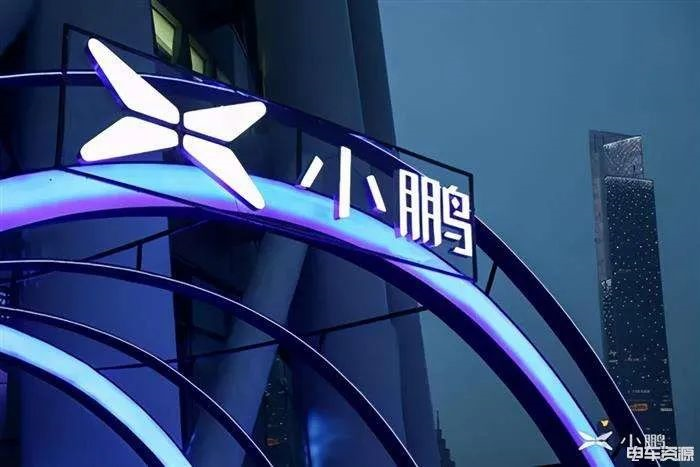 Furthermore, it’s about XPeng Motors. Along with the double 12 online shopping festival, XPeng announced that it would begin to reduce the purchase benefits of three vehicles starting from 0:00 on December 13th, with the highest reduction in purchase benefits for XPeng P7 being up to 15,000 RMB. The reason is the same as the national subsidy reduction of new energy vehicles.
Furthermore, it’s about XPeng Motors. Along with the double 12 online shopping festival, XPeng announced that it would begin to reduce the purchase benefits of three vehicles starting from 0:00 on December 13th, with the highest reduction in purchase benefits for XPeng P7 being up to 15,000 RMB. The reason is the same as the national subsidy reduction of new energy vehicles.
As a result, it seems that NIO, which was originally considered to be the first to “wrap up” the national subsidies in 2021, continues to work while XPeng naturally becomes the first “passenger” to get off the 2021 national subsidy “train”, just like Tesla. If you want to order a car before the end of 2021, you can only sign the contract according to next year’s purchasing policy.
How much more will it cost to buy a car next year?
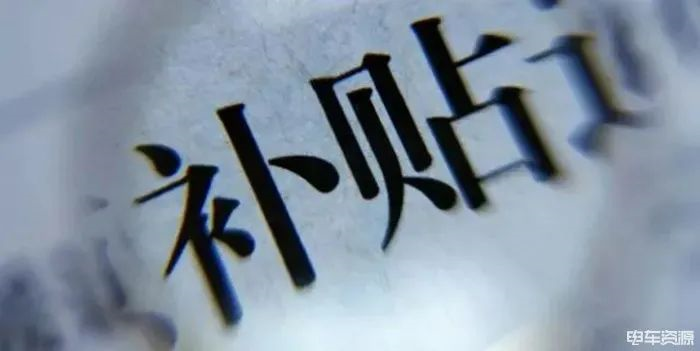
In principle, according to the “Notice on Improving the Financial Subsidy Policy for Promoting the Application of New Energy Vehicles” jointly issued by the four ministries and commissions in 2020, the subsidy standards for 2020-2022 will be reduced by 10%, 20%, and 30% respectively based on the previous year’s standards. However, as of now, the subsidy policy for 2022 has not been officially released, and the price differences given by various automakers are also calculated based on this year’s 30% reduction algorithm.
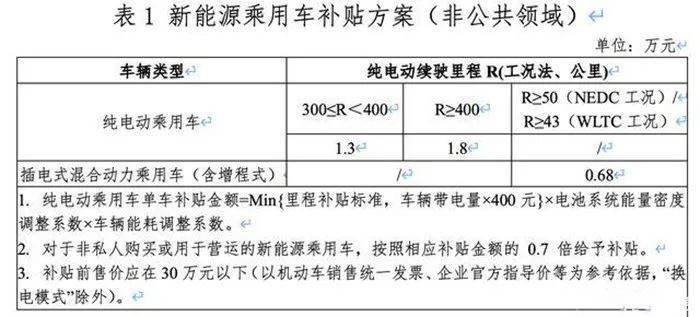
According to this algorithm, in 2022, the subsidy for private pure electric vehicles with a range of more than 300 kilometers will be reduced by 3,900-5,400 RMB, and the subsidy for plug-in hybrid passenger cars (including extended range) with NEDC range of more than 50 kilometers and WLTC range of more than 43 kilometers will be reduced by 2,040 RMB.
Taking the NIO ES6 Sport version as an example, the current official guidance price is 358,000 RMB. After choosing the 75-degree and 100-degree battery packs, users can enjoy national subsidies of 16,200 RMB and 18,000 RMB respectively. However, based on the 30% subsidy reduction standard calculated for next year, users who buy the ES6 Sport version will have to pay at least an additional 4,860 RMB. Compared with that, customers who place orders next year are actually equivalent to car owners who chose NOMI to install on the same model.
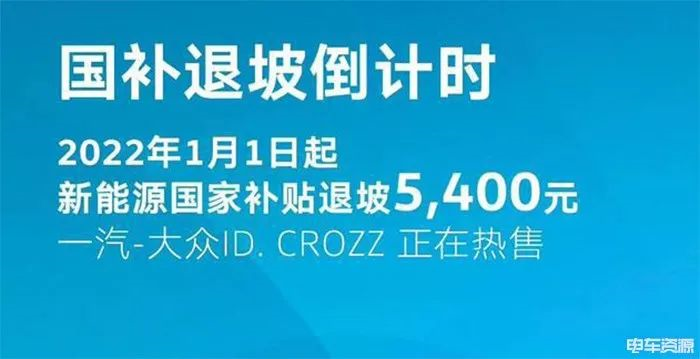
In addition, FAW-Volkswagen’s ID. family also marketed the ID.4 CROSS and ID.6 CROSS under the countdown of national subsidy reduction, reminding hesitant consumers between the lines: if they don’t buy now, they will lose 5,400 RMB.Therefore, from the perspective of Tesla, NIO, and Volkswagen, the impact of the new subsidy standard on vehicle prices next year is about 5,000 yuan. Although the price difference may not be significant, it also solves the problem of “optional packages” that people have been hesitating about, and provides a clear answer. Of course, the specific price difference still depends on the subsidy policies issued by the country.
Delivery is also an Issue
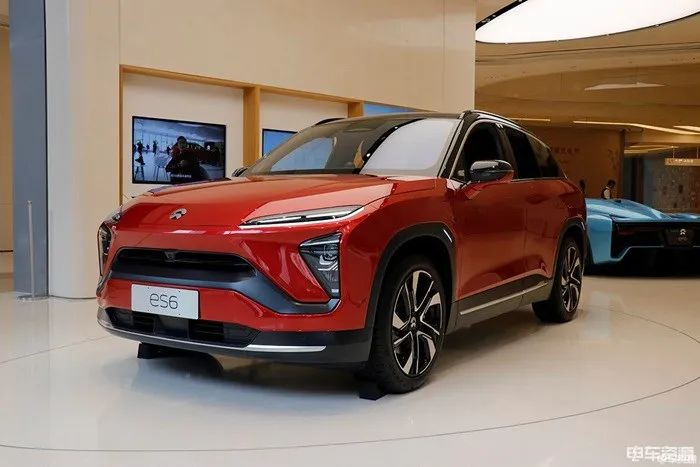
If booking a car during the year can reduce the burden on the wallet, it may also be possible to get the new car as soon as possible.
With less than half a month left in December, many people are already looking forward to the 2022 Spring Festival holiday. However, the sales of new energy vehicles in the year-end are still experiencing long delivery times, with waiting periods generally concentrated in 7-8 weeks, and some even need to wait until the next quarter. It is not easy to get the car before the Spring Festival.
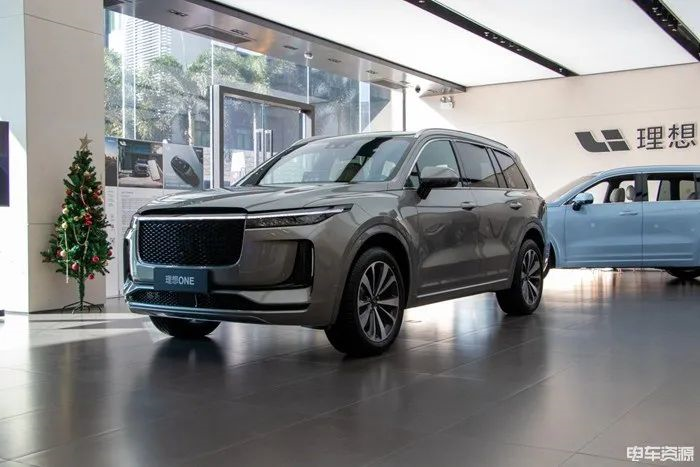
From the APPs of various companies, the Ideal ONE purchasing page shows “estimated delivery within 7-8 weeks after placing an order”, NIO’s three models for sale show “estimated delivery in about 8 weeks after locking the order”, and XPeng has different delivery periods for different vehicle models. P7-related versions show “estimated delivery time of 7-8 weeks after signing the contract, and some models may have slightly longer periods”, P5-related versions show “estimated delivery time of 12-13 weeks after signing the contract”, and G3i-related versions are expected to be delivered in 13-14 weeks.
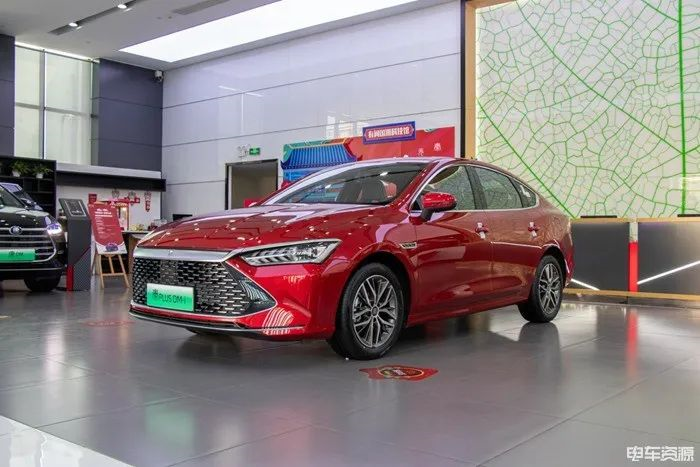
In addition, if you are interested in the BYD DM-i series, the waiting time for the car may make you forget that you have ever bought a car. Among them, the Qin Plus DM-i model is in short supply, and the delivery time is about 3-4 months. Moreover, the manufacturer arranges production based on orders from 4S stores, so it is challenging to get the car before the new year.
As for the problem of long delivery time, it is also due to the shortage of chips. Although most industry professionals believe that there will be a noticeable improvement in the shortage of chips next year, this process also requires time to ease. Judging from the ratio of new car orders and deliveries announced by many car companies every month, there are still a large number of orders waiting to be delivered by various companies. Furthermore, considering that most automakers follow an order-based production system, it is expected that the problem of long delivery times for new cars will still exist in the first quarter of next year.
Conclusion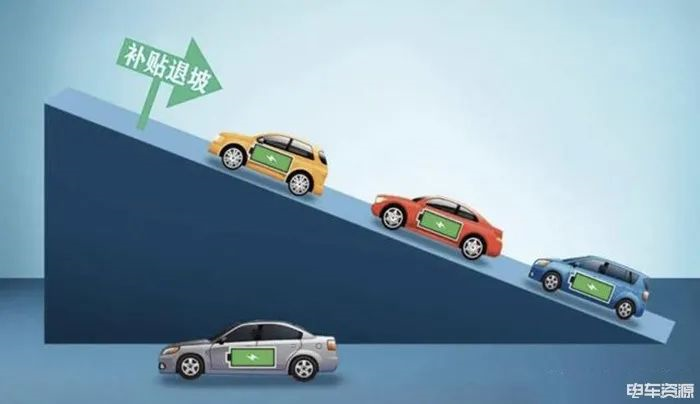
According to the data, the cumulative wholesale volume of new energy passenger cars in China in the first 11 months of this year reached 2.807 million, with a penetration rate of 15.0%, a significant increase from the 5.8% penetration rate in 2020. It can be seen that the domestic new energy vehicle market has entered an explosive growth stage.
Liang Xuehong, vice-secretary general of the China Automobile Dealers Association, said that the unexpected growth of new energy vehicles this year has already had certain endogenous power, and subsidy reduction is imperative. Especially in fourth- and fifth-tier cities, the sales growth rate of new energy vehicles has significantly increased. It can also be seen that the market’s dependence on policies has decreased.
As it turns out from the previously announced policies, next year is the last year of the national new energy subsidy policy. Therefore, we can also see that besides worrying about the problem of declining new car sales due to the subsidy reduction next year, perhaps on the contrary, the final year of the policy will refresh the new energy sales record. As for how it will end, we still need to wait for the authoritative announcement of the 2022 national new energy subsidy policy.
Of course, during this period of time, I believe that many consumers have been feeling confused about “whether or not to purchase a car ahead of time”. However, it is still true that buying a car still needs to be based on one’s actual situation, and one should not ignore the actual situation in the later stage just to catch up with the policy, thus losing more than gaining in the long run.
This article is a translation by ChatGPT of a Chinese report from 42HOW. If you have any questions about it, please email bd@42how.com.
